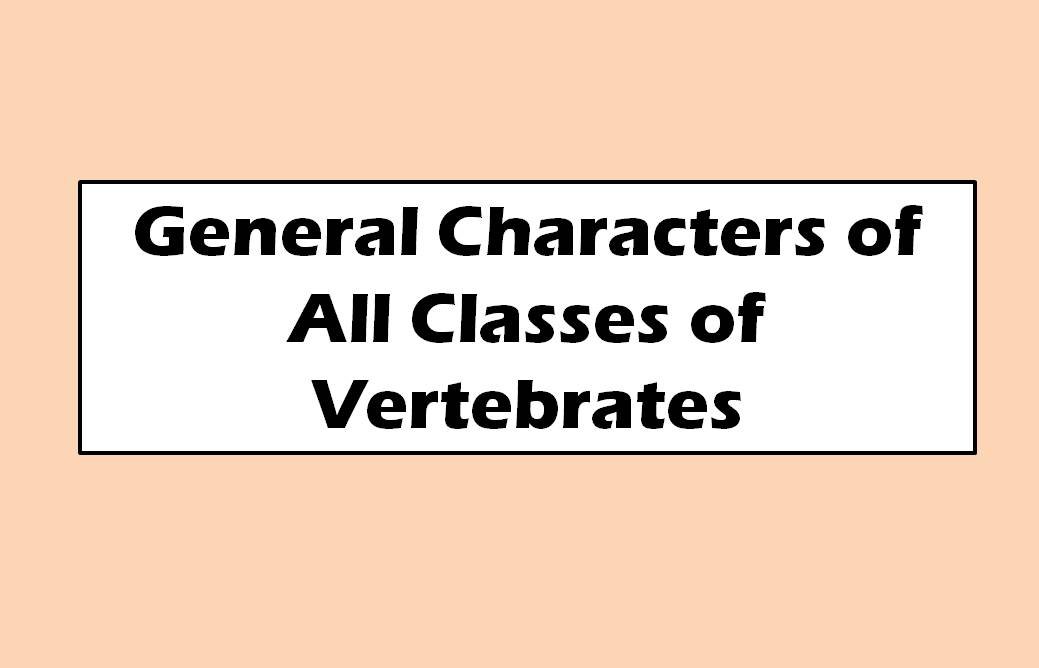The major classes of vertebrates are Cyclostomata, Chondrichthyes, Osteichthyes, Amphibia, Reptilia, Aves, and Mammalia. The general characteristics of these phyla are given below:
Cyclostomata
- The body is slender, rounded, and eel-like.
- They are aquatic.
- Their skin is naked meaning no scales are present.
- Fish-like in form.
- True jaws are absent.
- Paired appendages are lacking.
- Gills are the respiratory organs.
- Example: Petromyzon (lamprey).
Chondrichthyes
- All are marine species.
- Their skeleton is cartilaginous.
- Their skin contains placoid scales.
- On both sides of the head, 5-7 pairs of gills are present.
- The body is streamlined so that it can move faster in the water.
- The tail is heterocercal.
- No operculum is present.
- Example: Scoliodon, Swordfish, etc.
Osteichthyes
- They are mostly freshwater fish.
- Their skin contains cycloid, ctenoid, or ganoid scales. Some of them has no scales.
- Four pairs of gills are present on both sides of the body.
- Gills are covered with bony operculum.
- The skeleton is bony; not cartilaginous like Chondrichthyes.
- Gills are the primary respiratory organs.
- The digestive system is complete.
- Fertilization is external.
- Example: Labeo rohita, Tenualosa ilisha, Ompok pabda, Mystus tengara, Mystus cavasius, Anabas testudineus, Puntius ticto, etc.
Amphibia
- Amphibians can breathe under water through their skin.
- They can breathe on land through their lungs.
- They lay eggs in the water.
- The eggs hatch into larvae containing gills and tails. During metamorphosis gills and tail degenerate and lungs develop.
- They are cold-blooded animals.
- Their skin is soft and moist as they contain numerous glands on the skin.
- The digestive system is complete.
- Example: Frog, Toad, Salamander, Newt, Indian Bull Frog(Hoplobatrachus tigerinus or Rana tigrina), Asian Common Toad (Duttaphrynus melanostictus or Bufo melanostictus) etc.
Reptilia
- The skin is dry and contains scales as an exoskeleton.
- They move by crawling.
- They have two forelimbs and two hindlimbs except for snakes.
- Each limb contains five claws.
- The digestive system is complete.
- They lay eggs. Fertilization is internal.
- They are the first fully terrestrial animals.
- Example: Lizard, Snake, Crocodile, etc.
Aves
- The body is covered with feathers.
- Feather is their unique character.
- Two forelimbs and two hindlimbs are present. Forelimbs are modified into wings.
- They have air sacs around their lungs which help them in flight.
- The digestive system is complete.
- They have crop in their digestive system where the food is temporarily stored.
- They are warm-blooded.
- Their heart is four-chambered.
- Their bones are light, strong, delicate, and laced with air cavities.
- Example: Columba livia (Pigeon), Crow, etc.
Mammalia
- Their body is covered with hairs.
- They have two forelimbs and two hindlimbs.
- Female mammals have mammary glands which produce milk.
- They are warm-blooded animals.
- Their heart is four-chambered.
- Their teeth are heterodont.
- All mammals give birth to the child.
- Example: Cavia porcellus (Guinea pig), Royal Bengal Tiger, etc.

